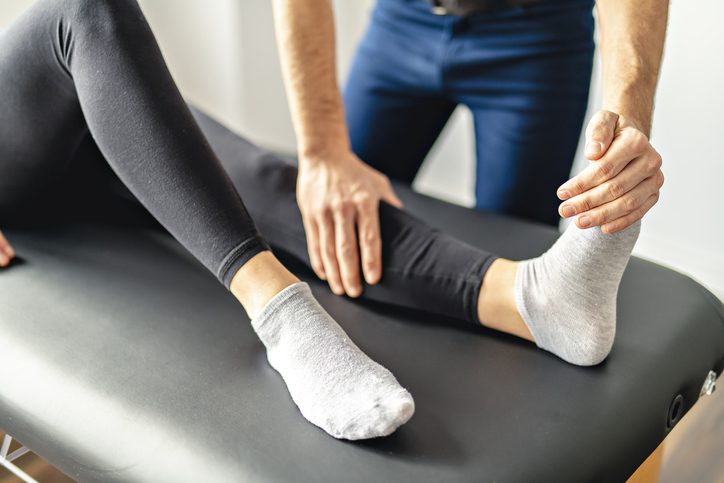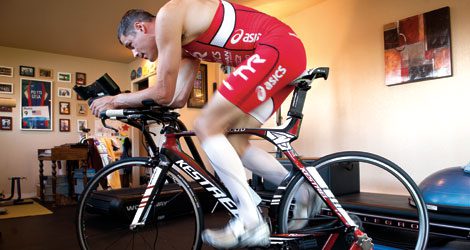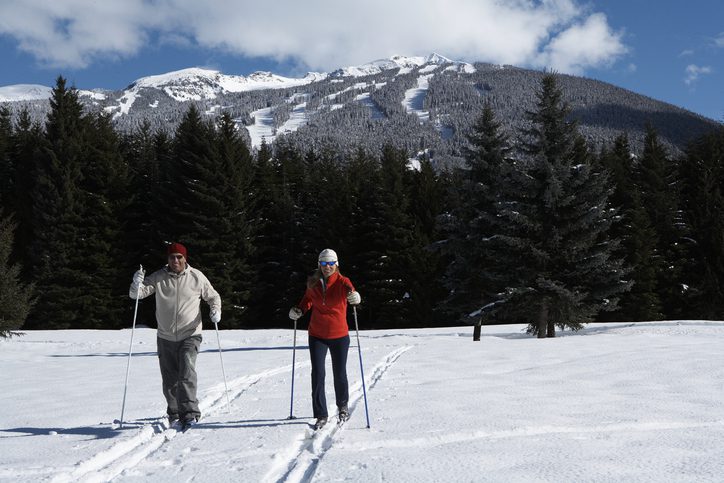How to avoid injuries this winter
Injuries are inevitable, but you can prevent their occurrence.

Come January, most triathletes have resumed a degree of training and are looking to crush the upcoming triathlon season. This eager optimism is appreciated, but just remember, Canada’s first triathlon is at least five months away.
Doing these massive training sessions that leave you doubled over is great, and you’ll do plenty of these over the winter, but it is important to ease back into a routine and pace yourself for the upcoming season
Here are some tips to remain injury free this winter.
Related: Adopting a long-term approach to triathlon training
Get on a strength program
The authors of a recent literature review, The Sports Medicine and Arthroscopy Review say that a well-designed strength program is critical to any injury prevention program. Resistance training programs were found to reduce the risk of overuse injuries by up to 50 percent.

Related: The strength training you should be doing
Don’t be afraid of cross-training
As triathletes, we get a variety of training stimuli – swimming, biking and running. However, continuously doing these three sports year-round without a reset can be detrimental and boring.
Due to the cold, wind and snow, training during the winter months is tough. Yes, it’s important to hit those key sessions on TrainingPeak, but it is just as important to get outside and do some winter activities, for example, cross-country skiing is a great alternative to long sessions on the treadmill or trainer. The change of scenery keeps things interesting and non-impact exercises reduce the strain on your body.
It’s pool time
In the summer, it’s very easy to substitute a swim for an evening run in the sun, but in the winter that’s a tough sell. The winter months are the perfect time to work on your swim. By investing the time over the winter into your swim technique, speed and endurance, you may not feel as guilty when you do opt for an evening summer run in the summer.
Related: 10 tips to help you nail the upcoming season
These last two points are specific to the run – a common source of overuse injuries.
Maintain your plantar-flexor
Maintenance of your plantar-flexion allows your ankle to move well, and ankle mobility is a key limiting factor in running. Plantar-flexor capability recruits a group of muscles around your ankle and calf to facilitate mobility in the lower leg. It’s the group of muscles you use when pressing the gas pedal in a car. Keeping it moving can improve running form and reduce the risk of injury. When your ankle gets stiff, it can pull on your Achilles, and that’s a tough injury to work through.

Increase your cadence
A modest increase in cadence can reduce pressure on the tibiofemoral joint, a joint in the knee that is commonly associated with knee pain and injury. Lots of GPS watches and shoes can give real-time feedback on the runner’s cadence, so they can adjust on the fly.
Related: Review: Polar Vantage V



